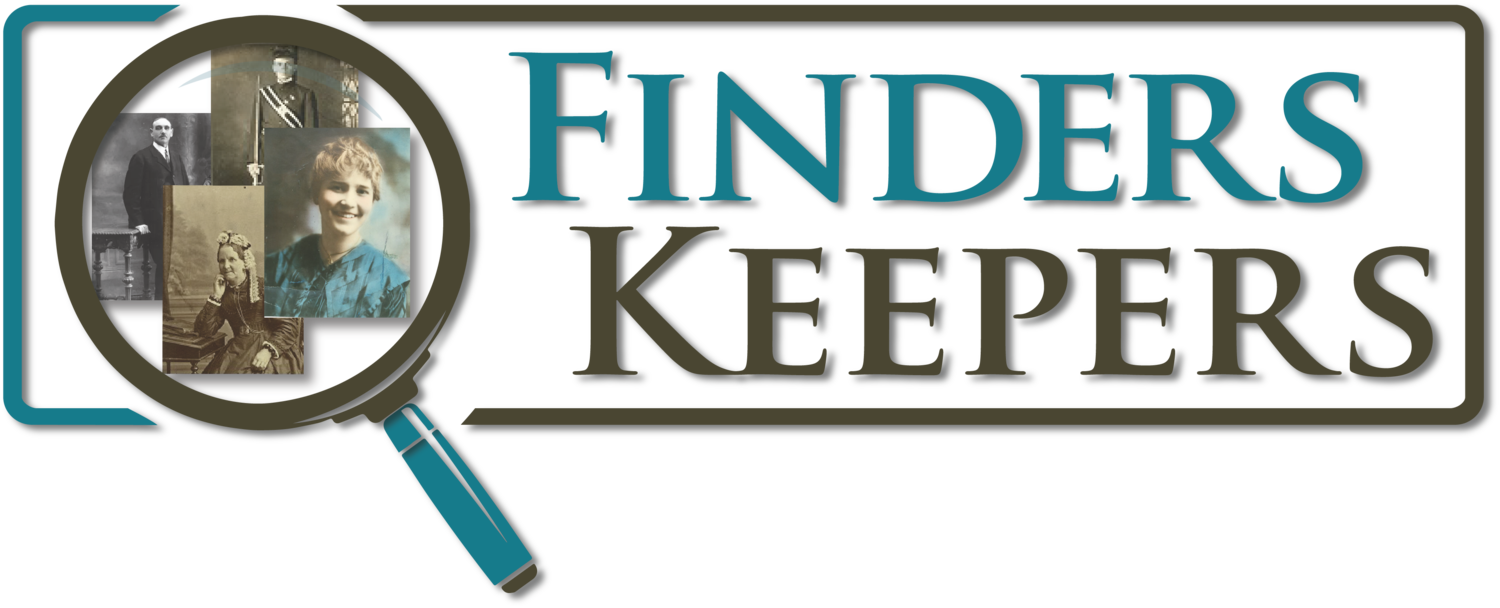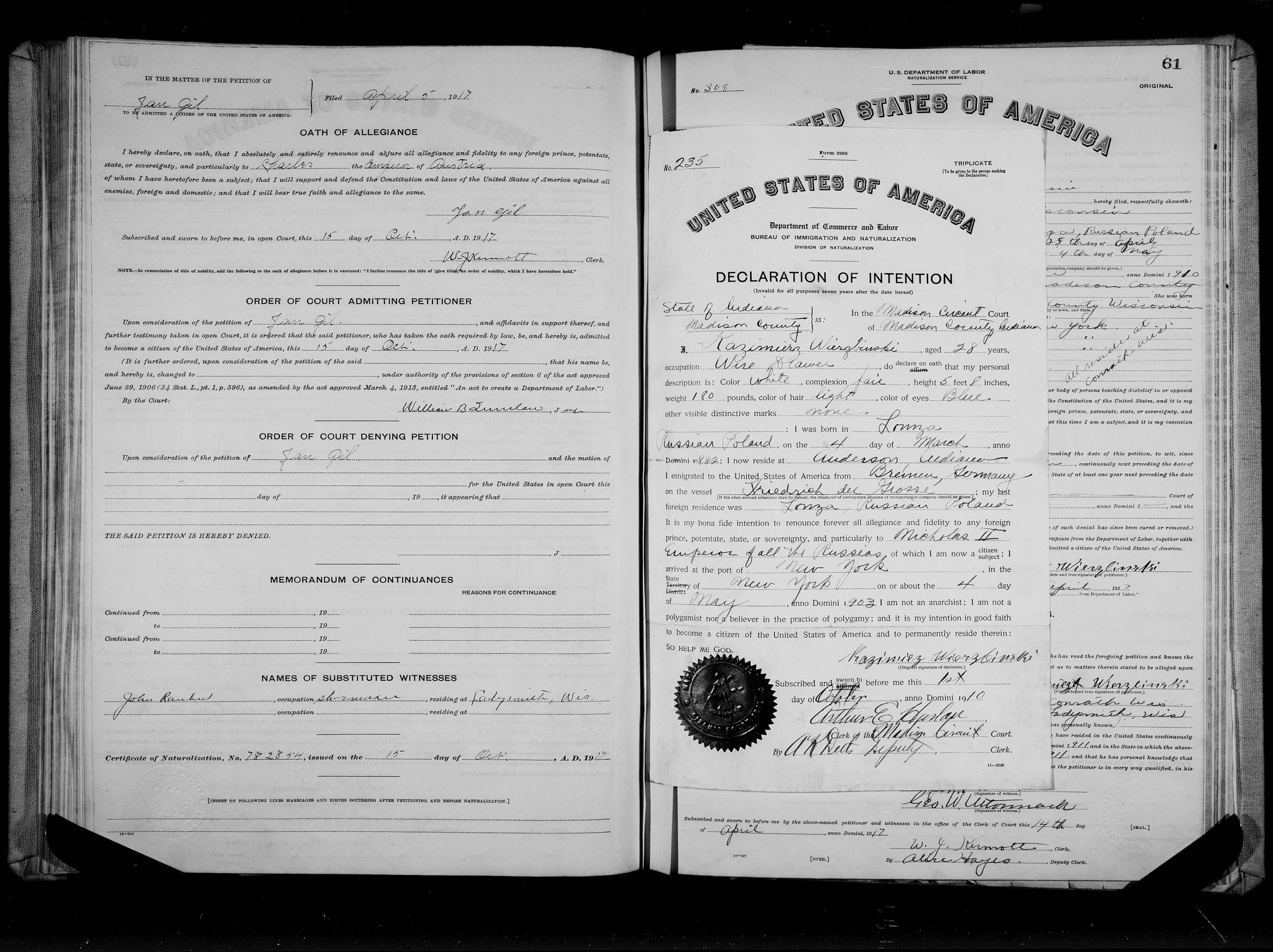Online family trees
Be skeptical of the accuracy of materials posted on-line as they have not been vetted for accuracy.
A free “one family tree” website hosted by the Church of Jesus Christ of Latter-day Saints. In a one tree format all individuals are connected within the family tree, it is open source such that anyone can make edits. All images have a delay in their posting as they are reviewed by a human prior to going live and have to meet decency standards, which exclude explicit materials, and also hate speech, like images related to Nazi’s or the SS.
Uploaded image on FamilySearch.org for Lewis Brunson and Catherine Keaton Carling
While the image could look better, all images list who uploaded them and you can contact the contributor via e-mail or through the messaging on the website.
Another on-line family history website with individual trees. There is a fee to join, but it can be accessed at many public libraries and at Family History Centers
US Passport Applications after 1914
All US Passports Applications after 1914 have a photograph included with them. Passports would be issued to a whole family group rather than just an individual, if more than one person was traveling. As a result the photographs could be of more than one person. They are not the standardized passport photos of today and could be a portrait or a family snapshot. A database can be accessed here: United States Passport Applications, 1795-1925 on Ancestry or at My Heritage.
Carl Ludwig Ferdinand Stelter’s photo from passport application dated 9 May 1922
Histories
Local, military, and published family histories can be a source of photographic materials. It was common in the mid-19th century and early 20th-century for communities, often at the county level, to have local histories written about the history of the local area and feature short biographies of prominent people in the area and those willing to pay a fee to have themselves featured in the publication. Local histories can be found at genealogical libraries, local Family History Centers, Google Books, and Internet Archive.
Image of the Stock Farm of John H Miller found in History of Miami Country, Indiana: a narrative account of its historical progress, its people and its principal interests by Arthur L Bodurtha accessed on archive.org
There were two histories written of the 99th Indiana Infantry in the Union Army, the first in 1865 and the second in 1900. Jacob E Marsh was a sergeant in Company D, his photograph and a brief sketch of his life are included in the second publication.
SGT Jacob E Marsh of the 99th Indiana Infantry. Image from New History of the 99th Indiana Infantry: containing official reports, anecdotes, incidents, biographies and complete rolls by Daniel R Lucas; accessed from archive.org
State Archives & Historical Societies
Mabel Dague with two new teachers at Classen High School, photo by Ronald Pyer, 26 August 1952, published in the Daily Oklahoman 28 August 1952 from the Oklahoma Historical Society
Local Historical Societies
There are many local historical societies in the US. Many counties have historical societies whose missions are to preserve the history of the local area and the families that have lived within its borders. Many religious groups, fraternal organizations, and immigrant ethnic groups maintain histories of the people within their groups.










